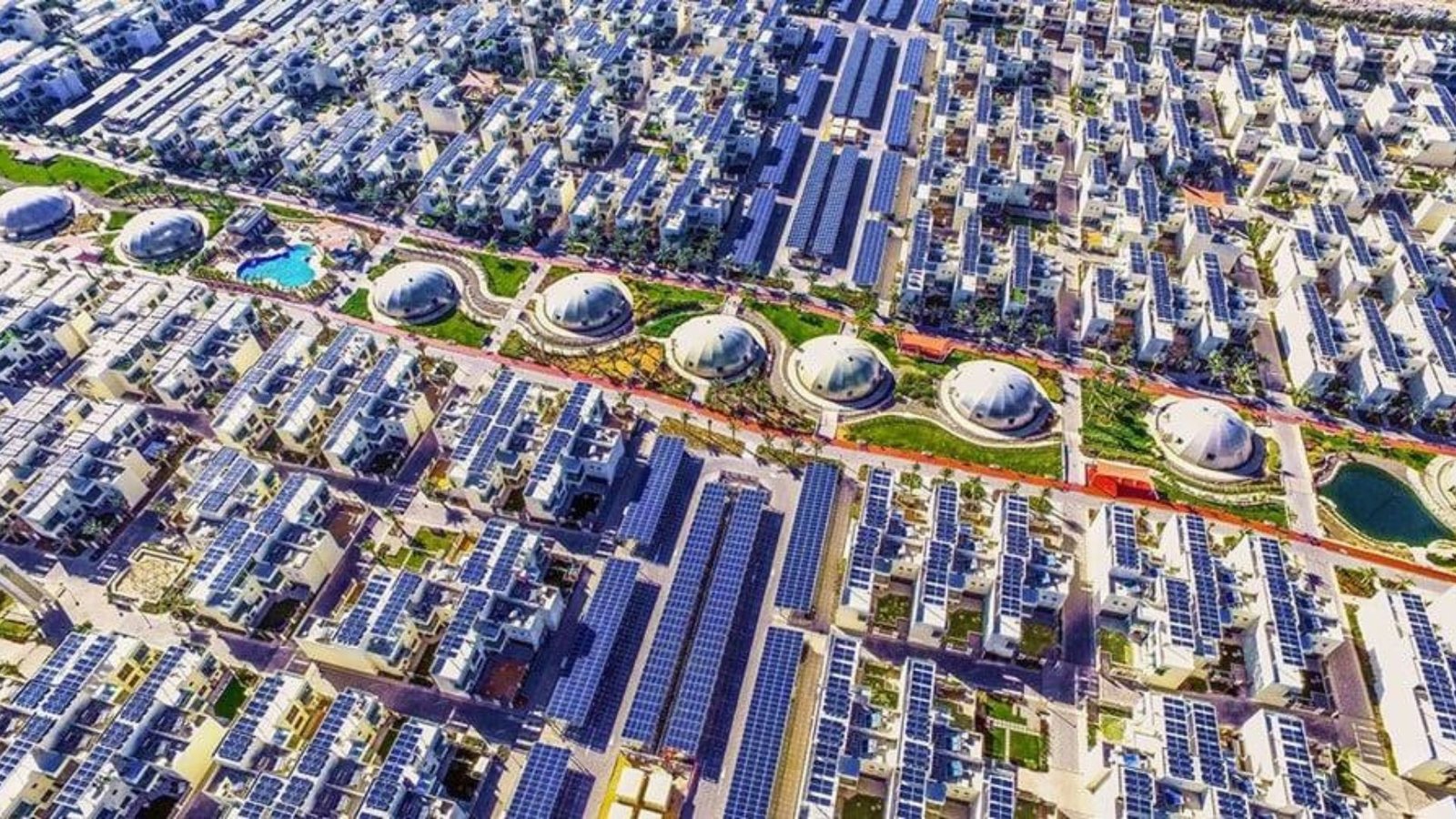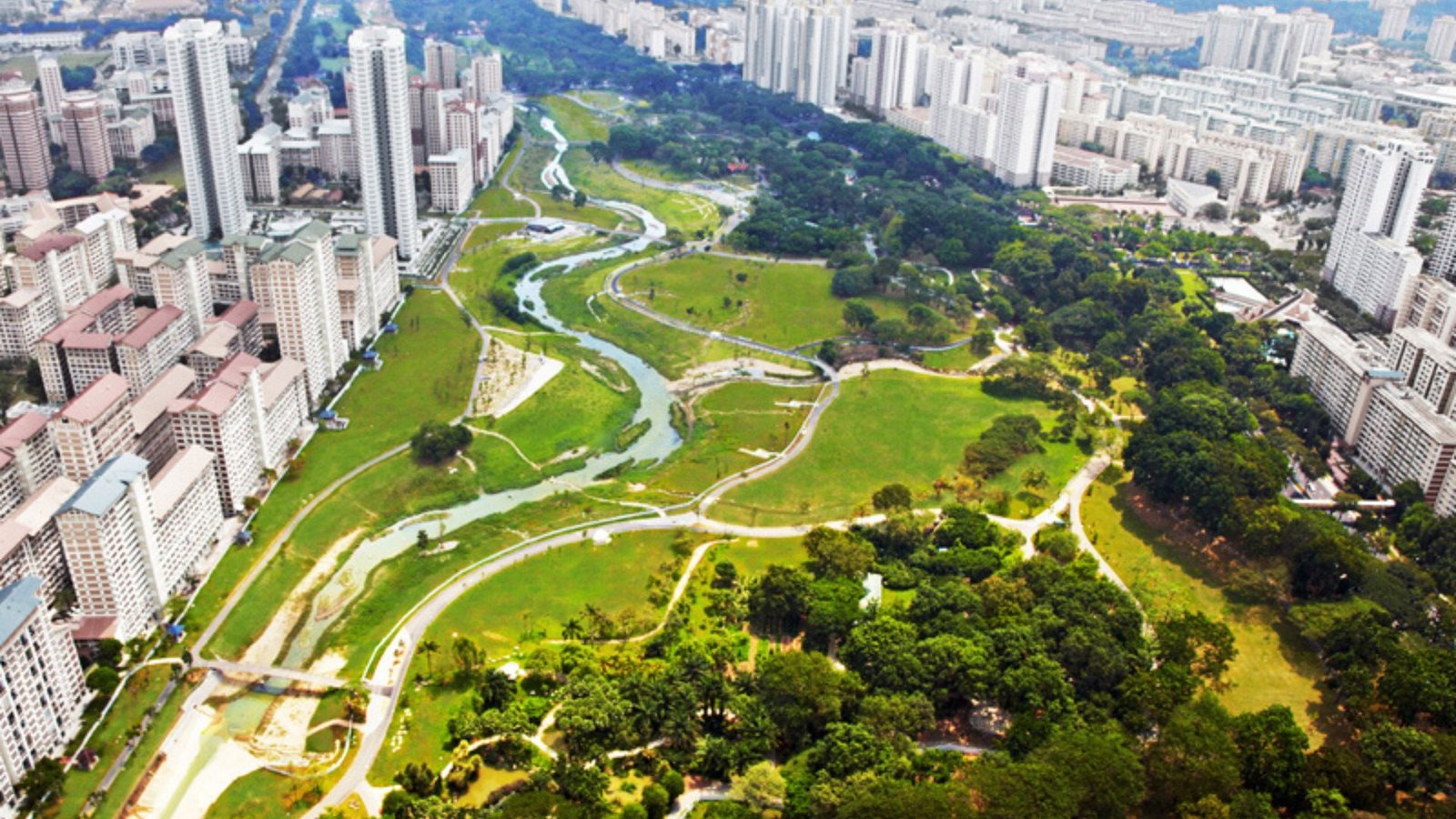How to create a Sustainable Urban Plan
Have you ever wondered what it takes to create a city that thrives while also prioritizing the environment and the well-being of its residents? Building a sustainable urban plan is the answer—a comprehensive approach to urban development that ensures cities grow in harmony with nature and meet the needs of current and future generations. In this article, we’ll discuss the essential elements of a sustainable urban plan and how cities can implement strategies to achieve long-term environmental, social, and economic sustainability.
Designing a Sustainable Urban Plan
Setting Clear Goals and Objectives
The first step in creating a sustainable urban plan is to establish clear goals and objectives. Cities must identify their priorities, such as reducing greenhouse gas emissions, improving air and water quality, promoting public health, enhancing resilience to climate change, and fostering social equity.
Setting these goals provides a framework for decision-making and ensures that all planning efforts align with the city’s vision for sustainability. For example, cities may aim to increase green spaces, promote renewable energy use, and improve public transportation to reduce reliance on private vehicles.

Conducting Comprehensive Assessments
Before implementing any measures, it is crucial to conduct thorough assessments of the city’s current environmental, social, and economic conditions. This includes analyzing existing land use patterns, transportation systems, energy consumption, waste management practices, and social demographics.
By understanding these baseline conditions, cities can identify areas for improvement and prioritize actions that will have the greatest impact on sustainability. For instance, assessing air quality data may highlight the need for stricter emission standards or the promotion of electric vehicles.
Promoting Sustainable Transportation
Transportation plays a significant role in urban sustainability due to its impact on air quality, energy consumption, and overall quality of life. A sustainable urban plan prioritizes accessible and efficient public transportation systems, promotes walking and cycling infrastructure, and encourages the use of electric vehicles.
Cities can also implement policies to reduce traffic congestion and vehicle emissions, such as congestion pricing, carpooling incentives, and the expansion of bike-sharing programs. By promoting sustainable transportation options, cities can improve air quality, reduce greenhouse gas emissions, and enhance mobility for all residents.
Integrating Green Infrastructure
Green infrastructure, such as parks, green roofs, urban forests, and permeable pavements, plays a crucial role in enhancing urban sustainability. These features help mitigate the urban heat island effect, improve stormwater management, support biodiversity, and provide recreational spaces for residents.
Integrating green infrastructure into urban planning ensures that cities remain resilient to climate change while enhancing the overall quality of life for residents. For example, planting trees along streets can reduce heat and provide shade, while green roofs can improve building energy efficiency and reduce stormwater runoff.
Implementing Energy-Efficient Practices
Energy consumption in buildings and industries is a significant contributor to greenhouse gas emissions and air pollution in urban areas. A sustainable urban plan promotes energy-efficient building designs, encourages the use of renewable energy sources such as solar and wind power, and adopts stringent energy efficiency standards.
Cities can also implement policies to incentivize energy-efficient practices, such as green building certifications, energy audits, and financial incentives for renewable energy installations. By reducing energy consumption and promoting renewable energy use, cities can decrease their environmental footprint and contribute to global efforts to combat climate change.
Fostering Community Engagement and Collaboration
Creating a sustainable urban plan requires collaboration and engagement from all stakeholders, including residents, businesses, community organizations, and government agencies. Cities should prioritize transparent communication, public consultations, and participatory decision-making processes to ensure that the plan reflects the needs and aspirations of the community.
Engaging residents in sustainability initiatives can also promote behaviour change and encourage sustainable practices at the individual and household levels. For example, cities can launch educational campaigns on waste reduction, water conservation, and sustainable consumption to empower residents to take active roles in building a sustainable city.
Monitoring Progress and Adaptation
Once a sustainable urban plan is implemented, ongoing monitoring and evaluation are essential to track progress, identify challenges, and make necessary adjustments. Cities should establish key performance indicators (KPIs) to measure the success of sustainability initiatives, such as greenhouse gas emissions reductions, air quality improvements, and increased green space coverage.
Regular assessments allow cities to learn from successes and failures, adapt strategies to changing conditions, and continuously improve their sustainability efforts. By monitoring progress and engaging in adaptive management practices, cities can ensure that their sustainable urban plan remains effective and responsive to evolving environmental, social, and economic challenges.
Conclusion
In conclusion, creating a sustainable urban plan requires proactive planning, collaboration, and a commitment to long-term sustainability goals. By setting clear objectives, conducting thorough assessments, promoting sustainable transportation, integrating green infrastructure, implementing energy-efficient practices, fostering community engagement, and monitoring progress, cities can build resilient, livable, and environmentally friendly urban environments for current and future generations.
By embracing sustainable urban planning principles, cities can enhance the quality of life, promote economic prosperity, and contribute to global efforts to address climate change and environmental degradation. Building sustainable cities is not just a goal—it is a responsibility to ensure a sustainable future for all.



